
Top 5 Strategies To Combat Water Scarcity
Water scarcity is the next big vexed question pestering the entire world. The reasons may be a lack of safe and clean drinking water, increased poverty, or high...

Which Metals Are Most Popular for Wedding Bands — and Why?
Wedding bands are like the silent heroes of the big day, right? Solid as a rock and sleek as can be. Now, we could go down tradition lane with gold and platinum...
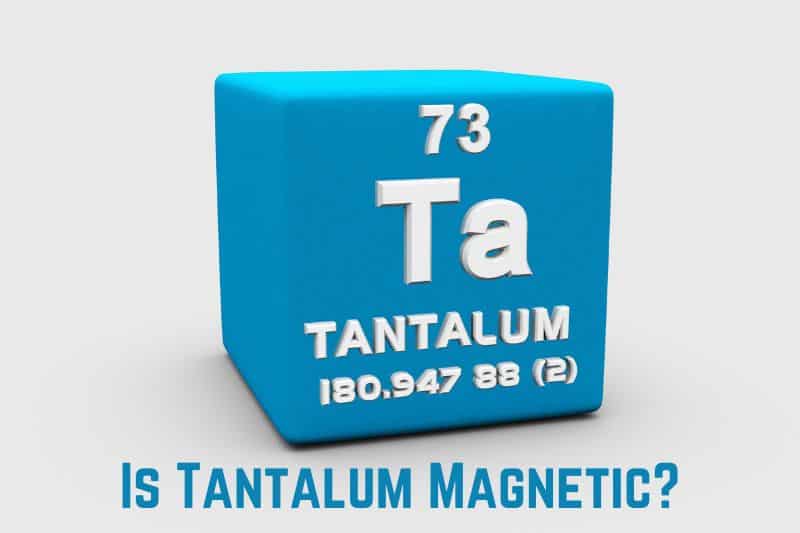
Is Tantalum Magnetic? (Hint: Paramagnetic)
Did you know that “tantalum” originated from the ancient Greek gods’ anger? Tantalus (Niobe’s father) killed his son and offered him to the gods...
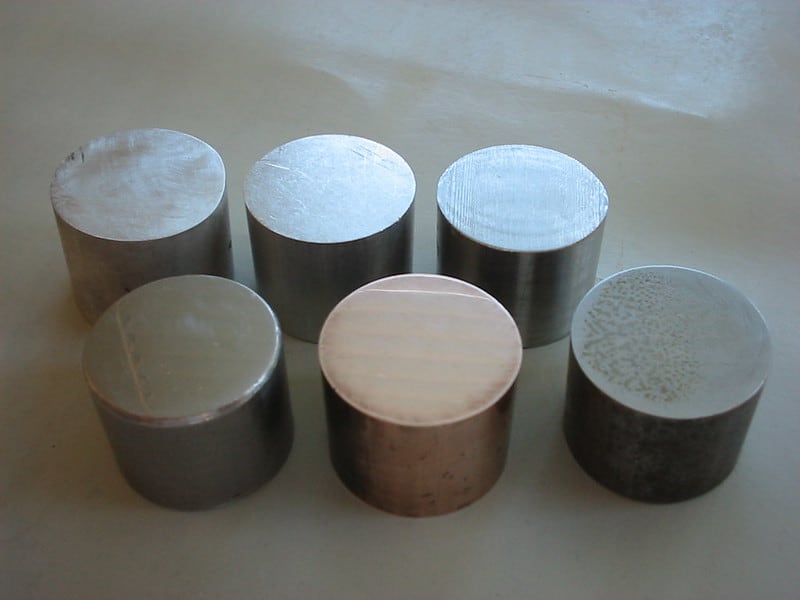
Is Inconel Magnetic? (Properties & Uses)
Industries like aerospace, marine, and oil & gas need metals that can create durable components. Because of this, the development of Inconel, a nickel-chrom...
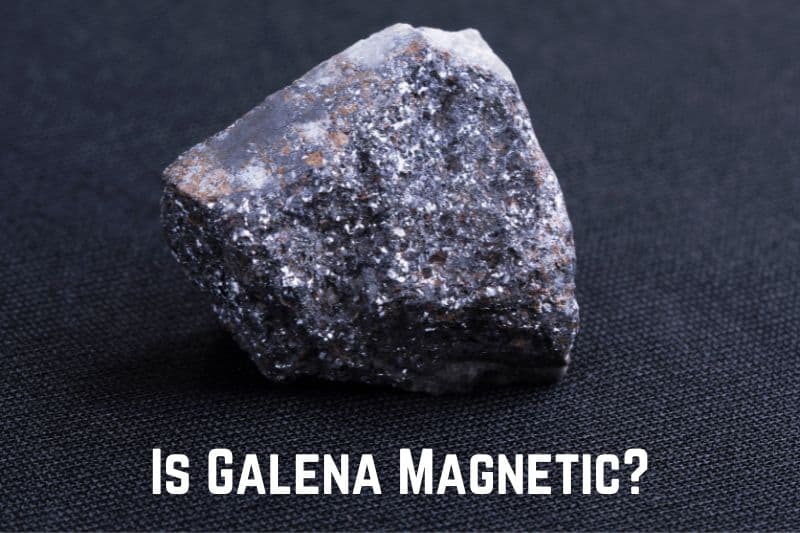
Is Galena Magnetic? (Properties & Uses)
Galena’s ability to emit a stench resembling rotten eggs when struck with a hammer is one of its most intriguing mysteries. Although some may be unaware o...
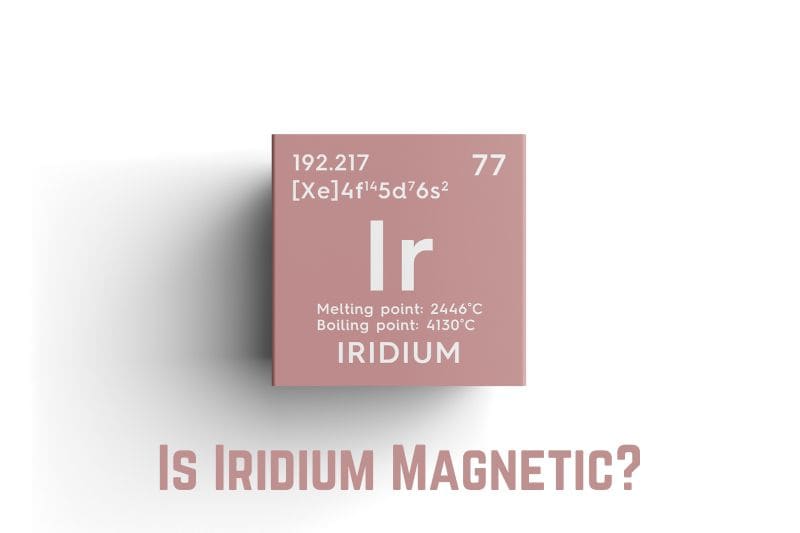
Is Iridium Magnetic? (Properties & Uses)
There’s a particular belief that a giant asteroid struck the Earth 65 million years ago, leaving behind a thin iridium-rich clay layer. Asteroids and meteors ...
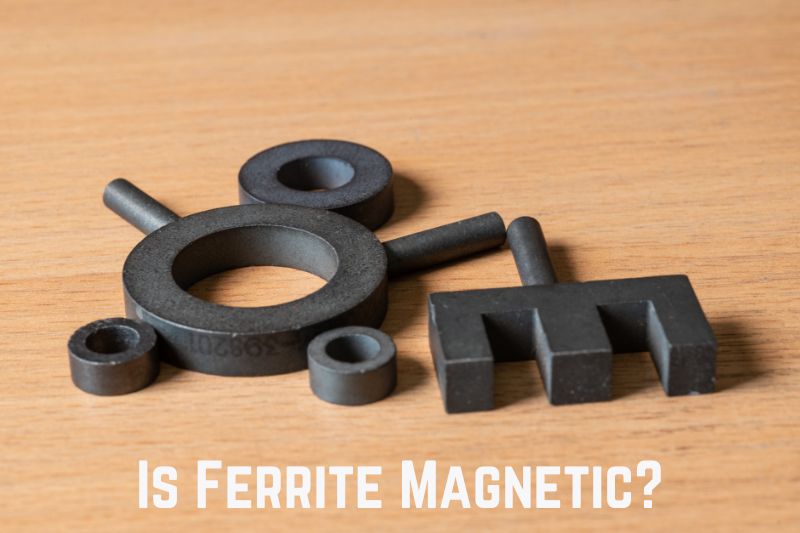
Is Ferrite Magnetic? (Yes. It is)
Did you know that in 1930, two Japanese professors accidentally discovered the first chemical makeup of the ferrite magnets? Dr. Yogoro Kato and Dr. Takeshi Tak...
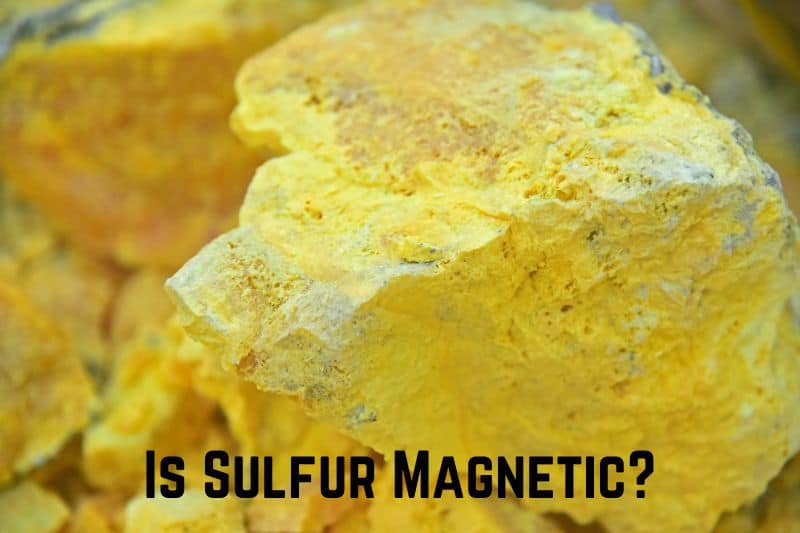
Is Sulfur Magnetic? (Answered)
Sulfur is the tenth most abundant element in the universe and the fifth most common element on Earth. Only a tiny number of sulfur deposits are economically min...

How Are Wind Turbines Built?
Wind turbines or windmills are monumental embodiments of renewable innovation, seamlessly converting the kinetic energy of wind into sustainable electrical powe...
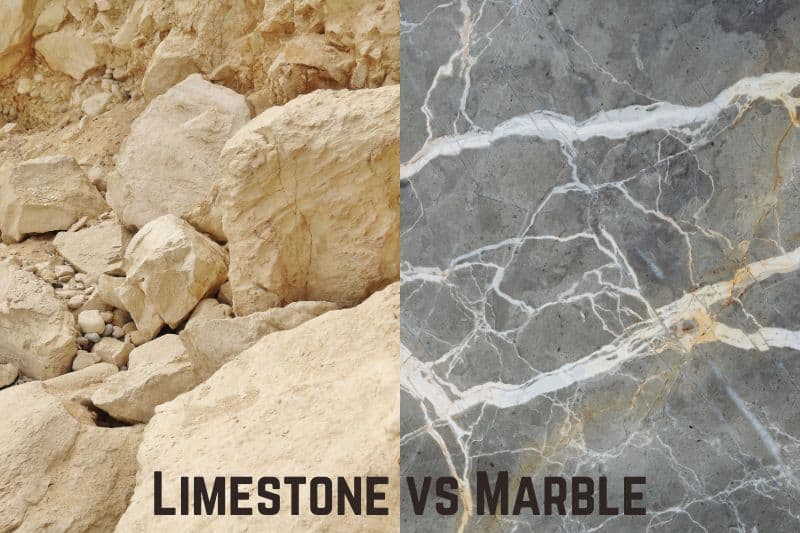
Limestone vs Marble (Differences & Similarities)
Both limestone and marble have been used since ancient times in construction. These natural stones are not just highly durable but also aesthetically pleasing, ...
